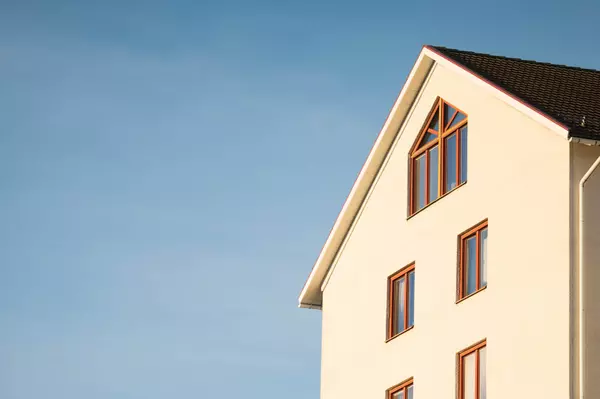A Path Forward: For the good of our kids, let’s fund restorative justice
Over four decades of parenting, I’ve seen the way attitudes and practices shift – often in response to perceived problems or overcorrections.
Once, there was a belief in letting kids do their own thing, a style that was dubbed “free-range parenting.” Then we swung hard to “helicopter parenting” – involvement in (and control of) nearly every aspect of their lives, in the name of safety and success.
Now, over-parenting has fallen out of favor amid concerns about its effects on a child’s resilience and mental health. Beliefs are shifting, with structured activities giving way to more free play. Rather than fearing failure, parents are allowing their kids to experience it.
Pendulum swings aren’t unique to parenting. In schools, not so long ago, there was a deeply held belief that misbehavior warranted punishment. Suspensions and expulsions – especially among poor, minority and differently abled students – skyrocketed as districts proudly adopted “zero tolerance” policies.
The thinking has shifted. Over the past decade, San Diego educators have taken a different approach to discipline, using restorative practices (which focus on repairing harms) and embedding them into school culture. At the National Conflict Resolution Center, we’ve helped build this from the ground up, working in more than 300 schools and reaching upwards of 240,000 students.
The San Diego Unified School District recently announced plans to double down on restorative discipline, adopting a new policy that strengthens implementation. In a recent Voice of San Diego article, education reporter Jakob McWhinney wrote about the district’s decision, which was made despite a reduction in grant funding.
There’s the rub: If we believe in this approach, which keeps kids connected academically, emotionally and socially, we can’t afford to underfund it. There’s a lot at stake.
Consider Jordan, a middle schooler who gets into an argument with a classmate in the hallway and throws his backpack down the stairs. It’s not a minor misstep, but it’s not a criminal act either. The school calls it “defiance” and hands down a two-day suspension.
Jordan shrugs. To him, it’s like drawing a get-out-of-jail-free card in Monopoly – a welcome break from a place where he feels like he doesn’t belong. One thing is certain: Jordan won’t spend those two days reflecting on what happened or how to make it right.
Jordan is fictional, but his story plays out in schools every day.
Suspension is often seen as a way to teach responsibility. But for many students – especially those already on the margins – it does the opposite, reinforcing isolation. Years of research confirm that students who are pushed out of class are more likely to fall behind, drop out, and enter the pipeline to prison.
Restorative justice asks students to do more than serve time. It asks them to take responsibility: to face the person they hurt, sit in discomfort, and stay in community – even when it would be easier to disappear.
It’s not about avoiding consequences. It’s about making them meaningful.
Yet there’s a vocal group of parents who see the embrace of restorative practices as an example of a pendulum swung too far. To deter misbehavior, they believe kids need to be punished, especially when the offense is serious. They consider restorative justice too soft and lacking both accountability and real consequences.
As McWhinney noted, the new SDUSD policy (like the previous one) separates behaviors into separate categories depending on severity. Each behavior has a recommended response, often in the form of classroom interventions. The “big five” – a group of the five most harmful behaviors (like sexual assault) – require expulsion under California law.
I’m encouraged by SDUSD’s policy. But policy without people won’t deliver real change. For the last two years, schools have had on-site restorative community leads. In middle schools, they could devote two periods a day to restorative justice work. In high schools, it was one period a day.
As McWhinney wrote, the reduction in grant funding means those positions are going away. School sites can use discretionary funds to pay for the role, but many haven’t been able to make it pencil out. As a result, there is a re
al risk that implementation will become fragmented and educators discouraged.
Restorative practices let us hold kids accountable while keeping them connected. As they heal – and regain a sense of belonging – their behavior changes. As we have seen, it’s the best way to prevent harm from happening again.
Let’s build schools where that’s not the exception, but the expectation. And let’s continue investing in our youth so they are resilient, empathetic and ready to lead the world they’re inheriting.
Categories
Recent Posts










GET MORE INFORMATION


